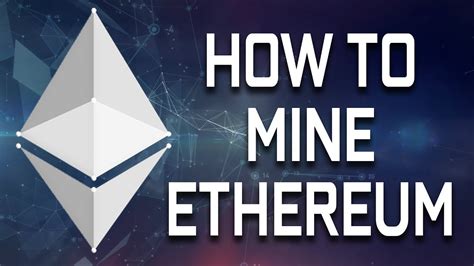Verification of signed messages without a public key: Understanding the Bitcoin-QT signature verification function
When sending signed messages via the Bitcoin network using Bitcoin-QT software, one common fears arise: how to check if the message was actually sent by the intended signatory without access to the public key. In this article, we delve into the signature verification function in Bitcoin-QT and examine its functionality.
What is the signature in Bitcoin?
In Bitcoin, the signature is not really a “public key”, such as those used in other cryptographic systems. Instead, it is an algorithmic solution created by the sender, which confirms the property of the message. This process involves inventing the message, generating the sender’s public key shortcut, and then signing the resulting shortcuts using a private key.
How does Bitcoin-QT messages sign?
Bitcoin-QT uses the ECDS algorithm (algorithm of the digital signature of the elliptical curve) to sign the message. This algorithm is widely used in modern cryptography due to its performance, scalability and security. Here is a high level review, how it works:
- Preparation of the message : The sender prepares his message by mixing it with the Bitcoin-QT function. ” This process creates an input string that will be used as a basis for generating a signature.
- Key generation : The sender generates a few cryptographic keys, including:
* Private key (also known as a seed point or entry point): used to sign messages and verify identity.
* Public key: This is what everyone can use to send a signed message to the sender.
signing process
To create a signature, the sender performs these steps:
- abbreviation input : The sender condemns his input message using a deterministic abbreviation function.
- Hash Key Public : The sender has a public key using the same algorithm used to sign the message.
3.
Verification of the signature in Bitcoin-QT

To check whether the signed message was actually sent by the intended signer without access to the public key, Bitcoin-QT uses a combination of cryptographic techniques:
1.
2.
Application
To sum up, the Bitcoin-QT signature verification function uses a combination of mixing algorithms and cryptographic keys to ensure the authenticity and integrity of signed messages. Bitcoin-QT, generating a few keys (private and public) and using them to sign messages, provides an efficient and safe way to verify identity and signatures without relying on the infrastructure of public keys.
This function is particularly useful in scenarios where access to public keys is limited or is not possible. It should be noted, however, that this approach has its limitations and may not be suitable for all cases of use.
